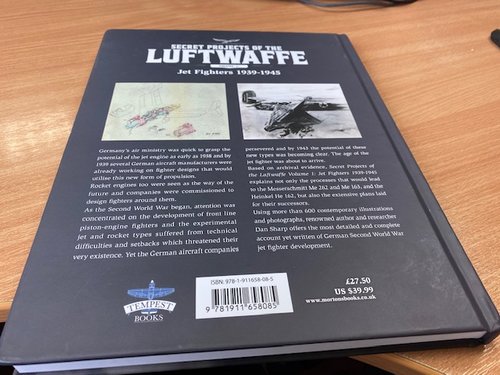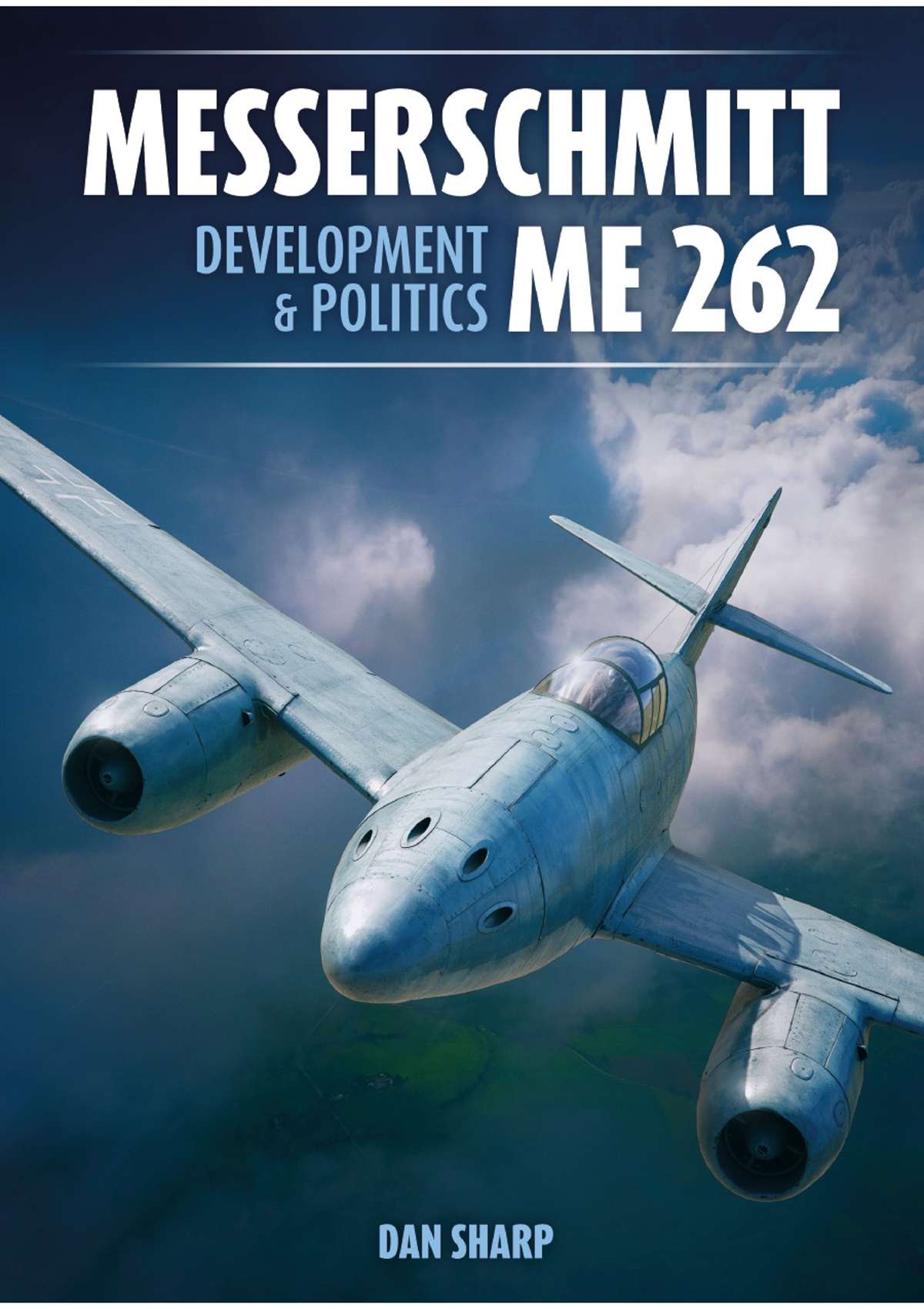- Joined
- 11 June 2014
- Messages
- 1,541
- Reaction score
- 2,899
Interesting point - you could be right - though the 'intake' ring at the front seems a little too small.
Same size as the other, Ta-183
Interesting point - you could be right - though the 'intake' ring at the front seems a little too small.
Same size as the other, Ta-183
Interesting point - you could be right - though the 'intake' ring at the front seems a little too small.
Dan, you're doing a thorough job! We all thank you for that!Same size as the other, Ta-183
Interesting point - you could be right - though the 'intake' ring at the front seems a little too small.
It might be possible to prove it one way or another. It would depend on when it snowed in Germany during 1944! I did try to find meteorological records for the period but drew a blank. If it didn't snow until after mid-December, you're probably right.
See this compared image:
View attachment 636457
Is it too late to fix the printing press?
What finally became the caption?Fits better at the spine but not so well on the nose. Nevertheless, it does appear to be Projekt Mittelhuber. I just called the printers and apparently they haven't started plating the pages yet so the captions on p139 can and will be altered accordingly - thanks for the help Zizi!
EDIT: The printers have now been sent a revised version of p139 and I'm told that printing will commence tomorrow.

![IMG_1146[1].jpg IMG_1146[1].jpg](https://www.secretprojects.co.uk/data/attachments/174/174254-fd0e3eed1386cb0ecd92189c63370258.jpg)

Have received my copy today, number 34 of 300 . . . I wasn't expecting to get a limited signed copy . . .
Good service from the publisher, too. Ordered on Tuesday last, arrived today.
A (very) quick look bears out what has been posted on this thread already, The way that the various projects have been grouped by requirement, rather than manufacturer, greatly helps with the understanding of their development, and how they relate to one another.
A minor gripe, I would have liked to have seen a heavier paper used, compared to say Chris Gibson's books, or the 'Convair Advanced Projects' books, (I had one to hand . . .) the pages in this book do feel a little . . . flimsy. But then I was a litho printer for 30 years, so I'm a 'Paper snob' . . .
Overall, though, well worth the purchase price, hell, it's worth it just for the illustrations.
cheers,
Robin.
My copy arrived today, number 127 of 300. I haven't had time to more than flip through it, but what I saw looks highly promising.
It has so far. A most engaging read.My copy arrived today, number 127 of 300. I haven't had time to more than flip through it, but what I saw looks highly promising.
I hope it lives up to the promise.
I finished it this morning and it definitely lived up to the promise. I am very much looking forward to future volumes. Superb coverage that does an excellent job of putting everything in context.My copy arrived today, number 127 of 300. I haven't had time to more than flip through it, but what I saw looks highly promising.
I hope it lives up to the promise.

Secret Projects of the Luftwaffe. Volume 3: Messerschmitt Me 262,

MESSERSCHMITT ME 262: DEVELOPMENT AND POLITICS | Mortons Books
Book - Messerschmitt Me 262: Development and Politicswww.mortonsbooks.co.uk
was announced until recently at mortons for 14.99£ with 116 pages. Now it is listed on their site for 30£ and 300 pages. Does anyone have any info what happened there?
